Expansion of Online Art Sales
The Fine Art Logistics Market is experiencing transformative changes due to the expansion of online art sales platforms. As more consumers turn to digital channels for purchasing art, the logistics of delivering these pieces becomes increasingly complex. This shift has led to a surge in demand for logistics services that can accommodate the unique requirements of online transactions, including packaging, shipping, and tracking. Recent statistics indicate that online art sales have grown by over 25% in the past year, underscoring the need for logistics providers to develop efficient systems that cater to this burgeoning market. The ability to offer reliable and timely delivery services is becoming a critical differentiator for logistics companies in the fine art sector.
Globalization of the Art Market
The Fine Art Logistics Market is significantly shaped by the globalization of the art market. As artists and galleries seek to reach international audiences, the need for efficient logistics solutions becomes paramount. This globalization trend has led to an increase in cross-border transactions, which require compliance with various regulations and customs procedures. The art logistics sector must navigate these complexities to ensure seamless transportation of artworks across borders. Data suggests that international art sales have risen by approximately 15%, reflecting the growing interconnectedness of the art world. Consequently, logistics providers are compelled to enhance their expertise in international shipping and customs regulations to meet the demands of a diverse clientele.
Increased Focus on Art Preservation
The Fine Art Logistics Market is significantly influenced by the heightened emphasis on art preservation. As awareness of the importance of maintaining the integrity of artworks grows, logistics providers are increasingly adopting specialized techniques and materials to ensure safe handling and transportation. This focus on preservation is particularly relevant for high-value pieces, where even minor damage can result in substantial financial loss. The market for art preservation services has expanded, with estimates suggesting a growth rate of around 8% annually. Consequently, logistics companies are investing in training and technology to enhance their capabilities in preserving artworks during transit, thereby aligning with the expectations of art collectors and institutions.
Technological Advancements in Logistics
The Fine Art Logistics Market is increasingly influenced by technological advancements that enhance logistics operations. Innovations such as real-time tracking, temperature-controlled transport, and automated inventory management systems are becoming essential in the art logistics sector. These technologies not only improve efficiency but also provide clients with greater transparency and assurance regarding the safety of their artworks. The integration of technology in logistics is projected to grow at a rate of 12% annually, indicating a strong trend towards modernization. As logistics providers adopt these advancements, they are better equipped to meet the evolving needs of the art market, ensuring that artworks are transported securely and efficiently.
Rising Demand for Art Transportation Services
The Fine Art Logistics Market experiences a notable increase in demand for specialized art transportation services. As the art market expands, collectors and galleries require secure and efficient logistics solutions to transport valuable artworks. This demand is driven by the growing number of art fairs and exhibitions, which necessitate the movement of pieces across various locations. According to recent data, the art market has seen a compound annual growth rate of approximately 10%, indicating a robust appetite for art logistics services. This trend suggests that logistics providers must adapt to the evolving needs of clients, ensuring that they offer tailored solutions that prioritize safety and efficiency in the transportation of fine art.


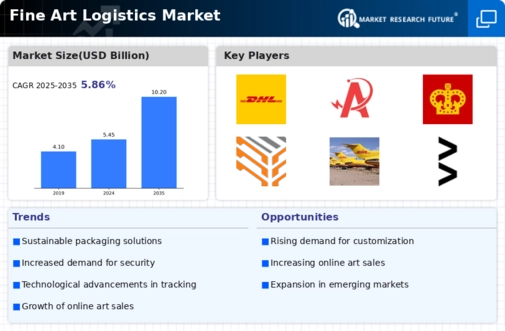
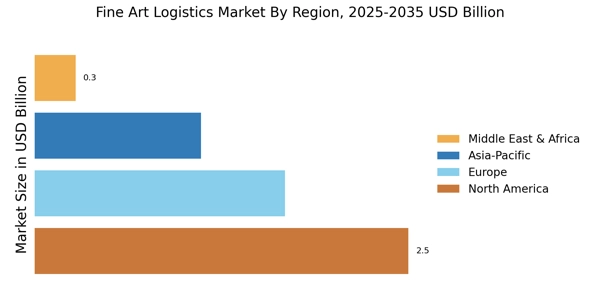
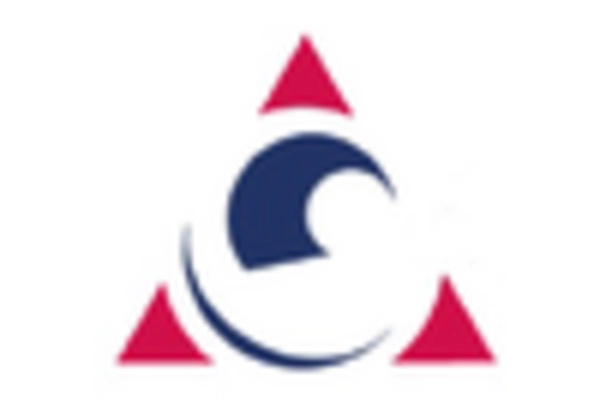

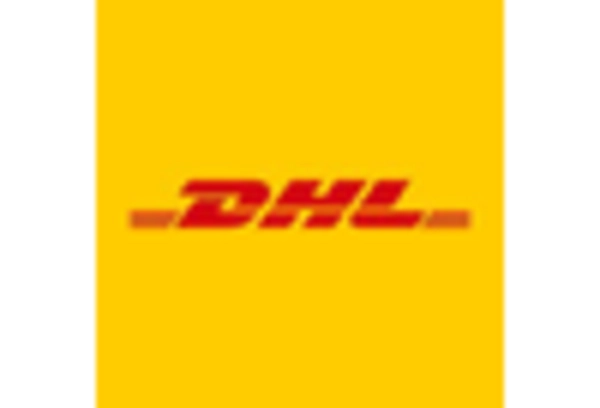

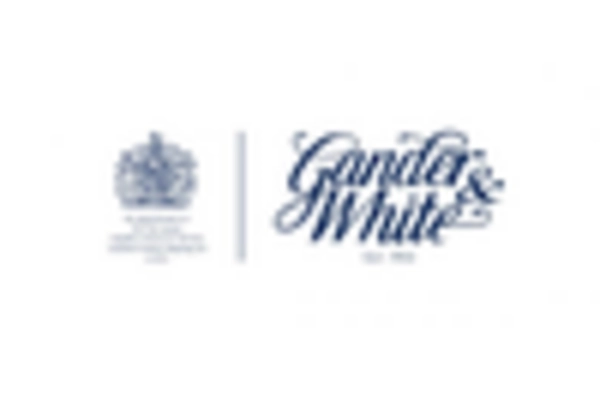









Leave a Comment